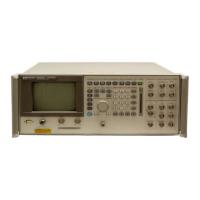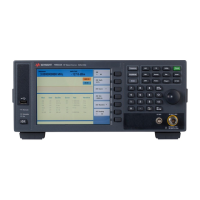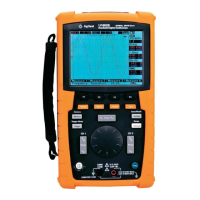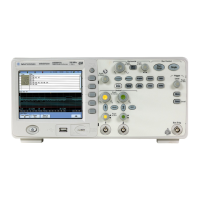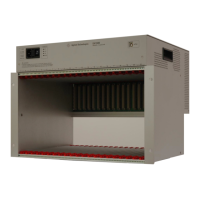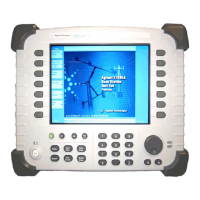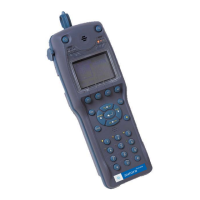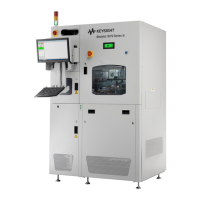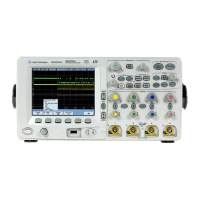Lesson 1 – Test Method Structure
421
The pin parameter is used to specify which module to access.
The meas_no corresponds to the downloaded sequence program of
the digitizer or sampler. The meas_no “1” specifies the sequence
statement in which the start label was defined. By default, the
meas_no is set to 1. Therefore, if this parameter is omitted, the
getWaveform function reads the measurement data from the
memory area determined by the meas_no “1”.
Sequence Program and Measurement Numbers
NOTE
For the measurement number, the numbering is different from the
ANDT? firmware command in which the number begins with “0”, not
“1”.
Retrieving Results
from the TIA
For the TIA, the Result API can retrieve the following data:
– Raw measurement data
– Mean calculated from the raw measurement data
– RMS jitter calculated from the raw measurement data
– Min/max values in the raw measurement data
Similar to the case for retrieving analog waveform data, you can
use the specifier “Analog”. The subsidiary data container to be
used is TIA, and the functions for retrieving results correspond to
the types of the measurement data.
– getResult: Raw measurement data is returned as double array
data.
– getMean: Mean data is returned as a double variable.
– getJitter: RMS jitter data is returned as a double variable.
– getMin: Min data is returned as a double variable.
– getMax: Max data is returned as a double variable.
HALT,POST,Wave_A,16;
data_B=Analog.DGT(“Vout”).getWaveform(2);
data_C=Analog.DGT(“Vout”).getWaveform(3);
SeqLbl_A
Seq. Label Sequence Program
Sequence Program Related Result APIs
1st
2nd
3rd
HALT,POST,Wave_D,16;
SeqLbl_B
Seq. Label Sequence Program
data_D=Analog.DGT(“Vout”).getWaveform( );
or
data_D=Analog.DGT(“Vout”).getWaveform(1);
data_A=Analog.DGT(“Vout”).getWaveform( );
or
data_A=Analog.DGT(“Vout”).getWaveform(1);
HALT,POST,Wave_B,16;
HALT,POST,Wave_C,16;
Execution Order
meas_no

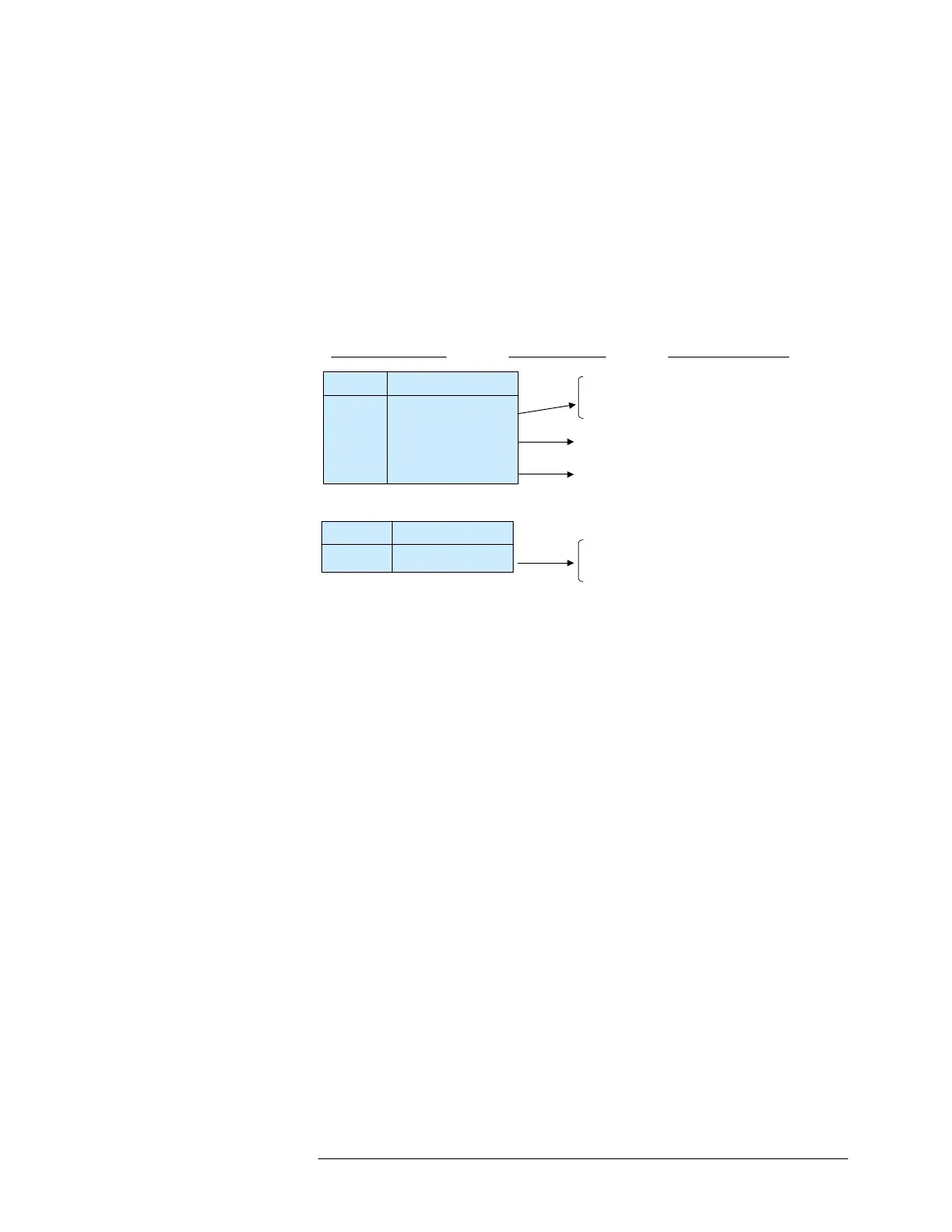